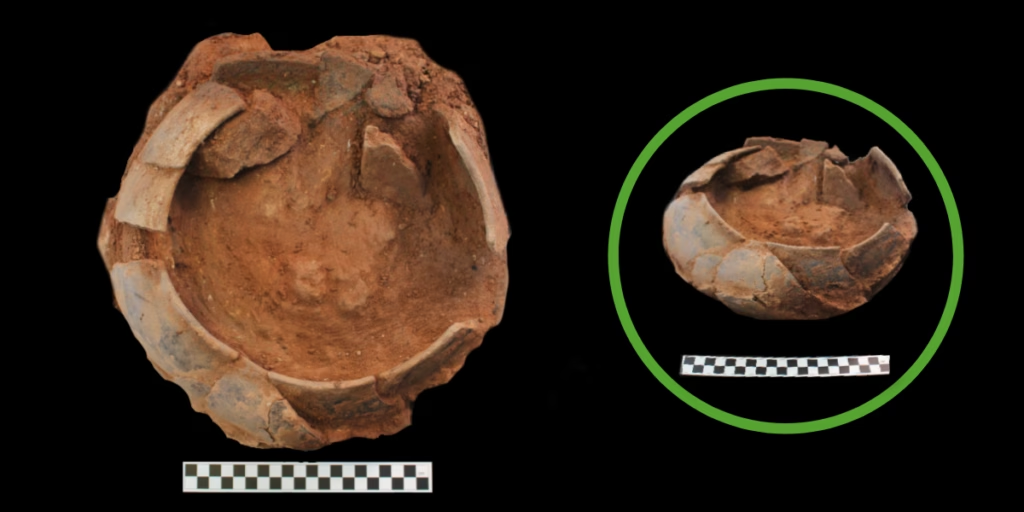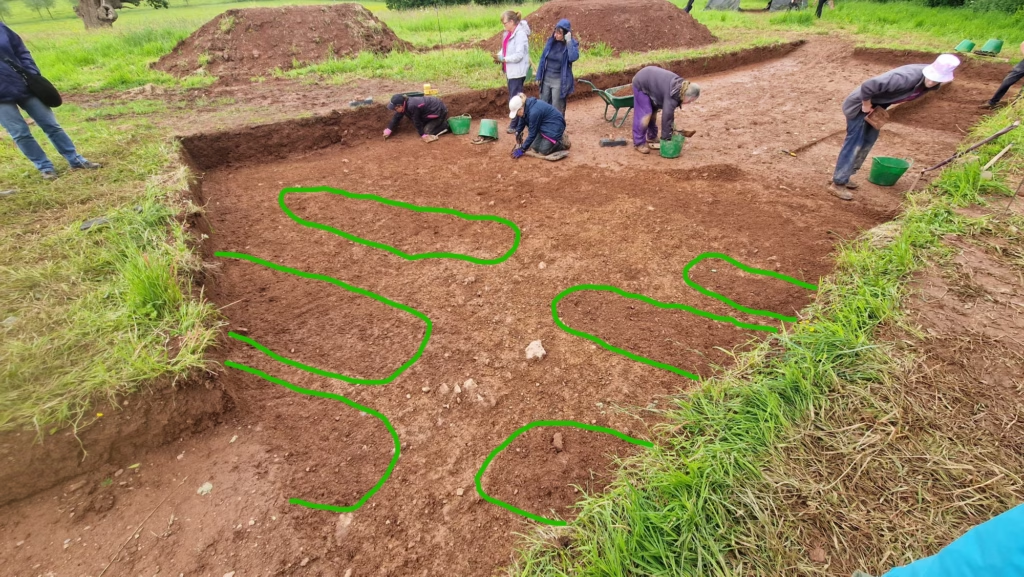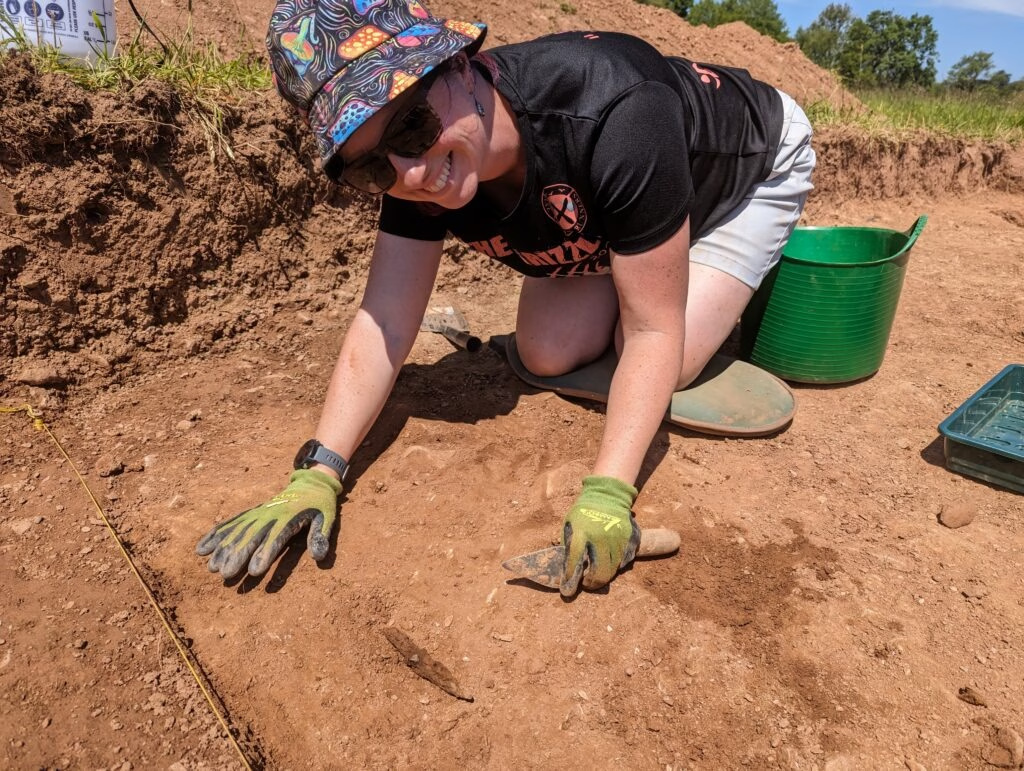New archaeological discoveries in England’s Quantock Hills reveal continuous human activity — from Bronze Age ceremonies to Iron Age settlements and Early Medieval burials.
The Quantock Hills in Somerset may be known for their scenic beauty, but recent archaeological digs have revealed that this area has held deep spiritual and communal significance for over 3,000 years.
A Hidden Story Beneath the Soil
It all began with aerial photographs showing mysterious cropmarks. These prompted archaeologists to investigate — was there a forgotten ancient settlement buried beneath this picturesque landscape?
A geophysical survey confirmed a large, circular feature roughly 35 meters wide. With funding from the Quantocks Landscape Partnership Scheme (QLPS), DigVentures launched a community-led excavation. Over 100 local residents joined the dig, helping to uncover centuries of untold history.

Bronze Age Rituals and Buried Pots (c. 1200–800 BC)
Archaeologists discovered a “ring ditch” — a circular earthwork likely used for ceremonial or domestic purposes. Inside it, three Late Bronze Age pots were found buried with remarkable care. Radiocarbon dating revealed they were 2,800–3,000 years old.
The pots were surrounded by traces of charcoal, burnt animal bones, and signs of a potential feast. Micro-excavation in a lab revealed remnants of cooked food: charred wheat and oat grains, hazelnut shells, and firewood fragments from local forests, including hazel, willow, oak, and ash.
“Although we can’t say for certain, the evidence suggests these pots were part of a ritual celebration — possibly marking the construction of the ring ditch itself,” said Ben Swain, Lead Archaeologist at DigVentures.
Seasonal Life in the Iron Age (8th–6th Century BC)
Centuries after the original structure was built, it was cleaned and reused during the Iron Age. Excavators found evidence of domestic life, including a ceramic spindle whorl used in weaving, suggesting that people lived here seasonally and engaged in crafts and food preparation.
Eventually, the site was abandoned — but not for long.

Roman Influence and Early Medieval Burials (c. 400–500 AD)
More than a millennium later, the site took on new life as a burial ground. Thirteen graves were uncovered, although the skeletons did not survive. Among the grave goods were three iron knives and two Late Roman jars dating from 200–400 AD.
Archaeologists are unsure if the cemetery was Roman or Anglo-Saxon — or a mix of both. “Anglo-Saxon people often reused Roman items, including pottery,” said Swain. “It’s fascinating to think they may have cherished ‘vintage’ objects, much like we do today.”

A Sacred Site Across Generations
From Bronze Age feasts to Iron Age domestic life and Early Medieval burials, the Quantock Hills site shows continuous cultural and ceremonial significance across millennia. Each era left behind a layer of human history — evidence that this landscape was never just a place, but a shared spiritual and social space.
A Community-Led Archaeological Triumph
The project’s success lies in the hands of the local volunteers. “The involvement of over 100 community members was essential to unlocking these stories,” said Swain. “Together, we’ve rediscovered a place that mattered deeply to generations long before us.”
Cover Image Credit: Geophysical survey of Cothelstone Farm with trench locations (DigVentures)




